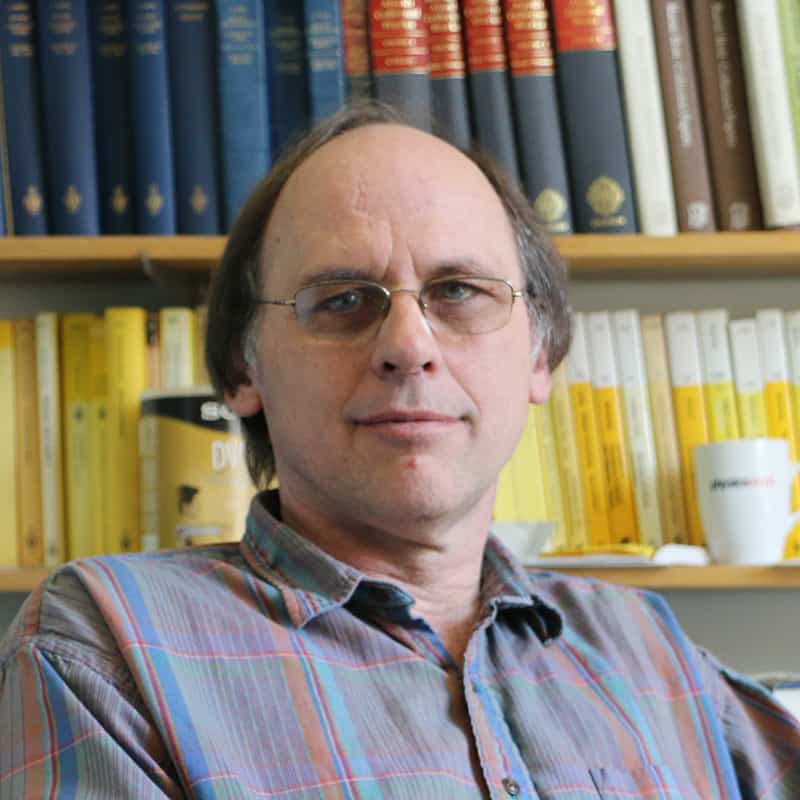
Still not even wrong

Physics World Stories Podcast
Shownotes Transcript
Disillusioned by the charms of string theory, he began writing a book detailing the history and the “overwhelming triumph” of the Standard Model of particle physics, the birth of string theory and its subsequent “overwhelming failure to find any way to make further progress on fundamental questions”. This year marks the 10th anniversary of that book – Not Even Wrong: the Failure of String Theory and the Continuing Challenge to Unify the Laws of Physics).
Not Even Wrong coincided with the publication of another book – The Trouble with Physics) – that had a similar theme and tone, penned by Woit’s friend and renowned physicist Lee Smolin). Together, the two books put the theory and its practitioners under a critical spotlight and took string theory’s supposed inadequacies to task. The books sparked a sensation both in the string-theory community and in the wider media, which until then had heard only glowing reports of the theory’s successes.
To mark the anniversary of Not Even Wrong, Physics World reporter Tushna Commissariat caught up with Woit to talk about the book, the subsequent “string wars)” and the sociology of science. In the resulting podcast, you can also find out what has happened in fundamental and particle physics over the past decade – including the discovery of the Higgs particle at the Large Hadron Collider at CERN, but the lack of any supersymmetric particles until now. Woit also explains what he thinks needs to happen in the field to propel it into the future.
Both scientists and philosophers have long hunted for the ultimate theory – one that perfectly explains the universe we observe, from a quark to a quasar. In the mid-1980s string theory emerged at the top of the pile as the most promising candidate in this quest for a “theory of everything”, or more specifically, a theory that unified quantum mechanics and general relativity.
The original theory was a framework in which the point-like particles were replaced by one-dimensional objects called strings. It emerged that for the theory to work and to be mathematically consistent, it would require at least 10 dimensions of space–time, rather than our usually observed four dimensions. The extra dimensions, according to the theory, are “compactified” or fold in on themselves. Each extra dimension can be of a variety of “shapes” and there exist a myriad ways in which they can be compactified, meaning that there are too many possible solutions to be able to make a clear prediction.
Not being able to make clear predictions, combined with the lack of falsifiability, are the major deficiencies of string theory, according to Woit, Smolin and others such as the Nobel-prize-winner Sheldon Glashow, who once said “Sadly, I cannot imagine a single experimental result that would falsify string theory. I have been brought up to believe that systems of belief that cannot be falsified are not in the realm of science.”
String theory still polarizes opinion, but its advocates remain firm and deem it a beautiful and mathematically rigorous framework. As Woit explains in the podcast, “For many years, I’d been thinking that the situation with string theory was really pretty odd…this junction between the public perception of it, the way it had been portrayed and what was actually going on.”
